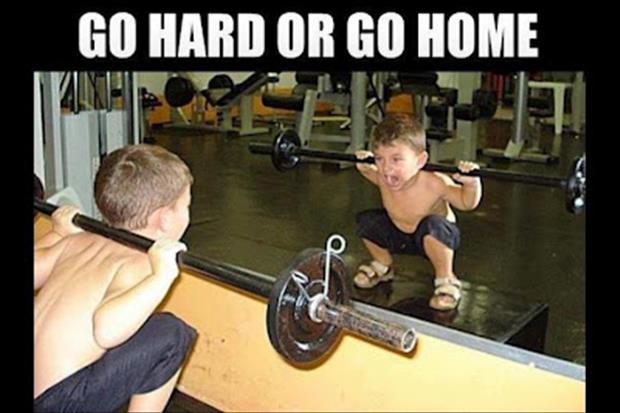UA-47062478-1
The Interrelated Components
of Fitness
Let's assume you have been working out for a year or more and your progress in fitness seems to have stalled. Weight seems to be harder to lose, the waist is bigger than it should be, and the initial change in your body has slowed to a snail's pace. It's time to recognize what fitness is all about, how to obtain it and how to improve where you live, mainly in YOUR body. Consider the following facts:
- The amount of energy in 1 lb. of fat is 3500 calories. If the machine you use (i.e., a treadmill) has a heart rate monitor and you use it for 1/2 hour, maybe you'll burn off 300 calories. Maybe! If you have a snack of cookies or ice cream, cake, etc., you'll realize that 300 calories amounts to next to nothing. So exercise is not the best way to lose fat. A proper diet is and what you have to consume so eat good food and leave the pastry at the market. Cut your portions roughly 50% but eat smaller meals more frequently. Six smaller meals spaced thought the day will keep your energy up and your hunger pains down.
- Think of exercising on a regular basis to maintain your musculature and the health of all your organs. Exercising is like playing a violin. When you're new to the instrument, you'll "fiddle" with it. Keep at it and eventually beautiful "music" will be your reward. Don't think of exercise as drudgery, but as an item like food, water, and sleep. Weave it into your daily life and you'll look forward to each workout.
- Developing your muscles helps you to lose fat. If you exercise on a regular basis you will increase your metabolic rate. As you add muscle to your body, you'll burn more fat because muscle tissue requires a lot of energy just to be a major part of your body. Less muscle = lower metabolic rate = less energy = more stored fat = your life as a couch potato (let's hope not)!
- Be sure your diet is relatively free of highly processed foods, coke, pop, candy, pastry and most fast foods. You don't need calories without nutrition.
- Have a high fiber diet. The Mediterranean Diet is an example of a food source with adequate fiber. Also try to have some protein with each meal. Drink plenty of fluids, but mostly water.
- Do weight bearing exercises. As we grow older, our bones become weaker and with less density. Weight lifting, strength training, and bodybuilding are all good examples of weight bearing exercising.
- Some people think that by reducing carbohydrates one will burn more fat. The problem is that when carbs are reduced in amount consumed, the rate of fat metabolism slows down and this is not what you want. Also, fat then is burned into acidic fat know as ketone. Ketones, in high amounts, are dangerous and are so acidic they can kill cells. As a result, fat loss slows and muscle tissue loss increases. This is not what you want as one of the real purposes of exercise is the building up of the muscles in your body. The answer is to continue to eat carbs, the right kind and that includes more of the complex carbohydrates (fruits and vegetables) and less of the sugar containing-nutritionally deficient, calorie loaded junk food.
- Vary your training to confuse your muscles. This will also help you to progress up the slope of fitness and not stagnate into a plateau of, "I'm not getting anywhere in my training - why?" Increase the intensity of your workouts by doing more reps with lower weight and fewer reps with more weight. The number of reps should be between 5 and 15. Increase the rate of your movements and/or slow them down but always do enough sets of each exercise to warm the muscles involved, increase the resistance in following sets, and work to failure in your final set.
- To control blood sugar and help prevent type 2 diabetes, include some protein, fat and carbohydrate into each meal, eat smaller amounts of food, but attempt to keep the blood insulin level on an even keel. Insulin helps to maintain a more constant glucose blood level. That means no high sugar containing snacks, especially in large amounts. Think of regular exercise as your best medicine for sugar control!

"We love it when she does squats"!
